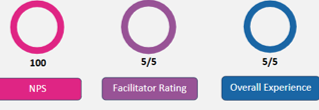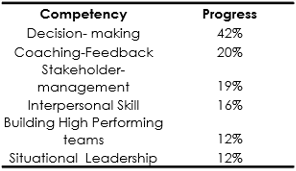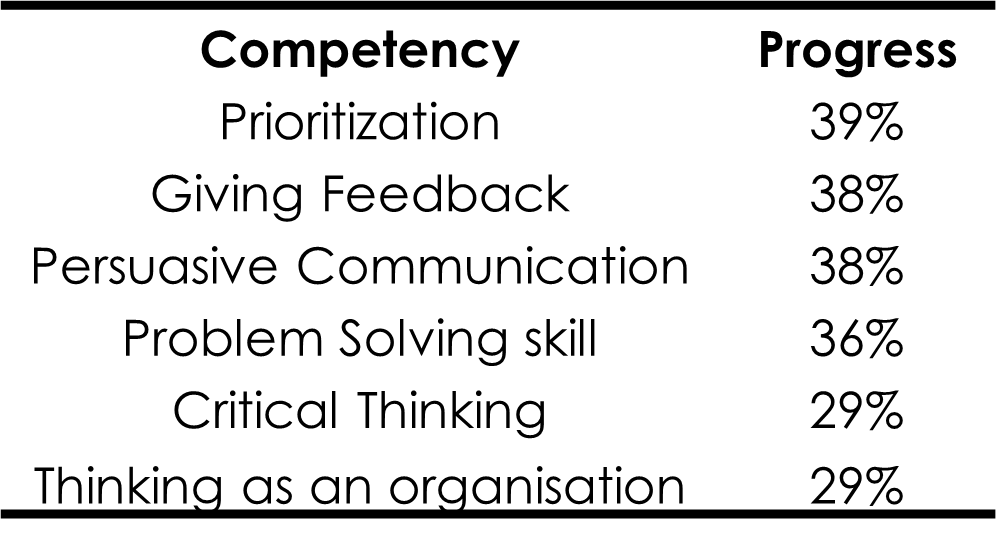Maximizing Training Impact: Ensuring Lasting Results and ROI

In today’s fast-paced corporate landscape, investing in employee training is crucial for staying competitive. However, simply conducting training sessions isn’t enough; ensuring that the knowledge gained translates into tangible results and a positive return on investment (ROI) is essential. So, how can organizations ensure that training sticks and delivers the desired impact? Let’s delve into some effective strategies for Maximizing Training Impact:
Effective Strategies for Maximizing Training Impact

1. Customized Training Programs
Tailoring training programs to address specific needs and challenges within the organization is key. Generic, one-size-fits-all approaches often fall short in engaging participants and driving meaningful change. By aligning training content with real-life scenarios and job requirements, employees are more likely to see its relevance and value.
2. Interactive Learning Methods
According to Research.com, 68% of employees prefer to learn or train in the workplace, and 58% of employees prefer to learn or train at their own speed. Passive learning methods like lectures and presentations may not be as effective in fostering retention and application of knowledge. Instead, incorporating interactive elements such as group discussions, case studies, role-plays, and simulations can enhance engagement and encourage active participation. These methods promote hands-on learning experiences that are more likely to stick with participants.
3. Reinforcement and Practice
Learning is a continuous process, and repetition is crucial for retention. Providing opportunities for practice and reinforcement after the initial training session helps solidify learning. This can be achieved through follow-up workshops, online resources, job aids, or mentorship programs. Encouraging employees to apply newly acquired skills in their day-to-day tasks reinforces their learning and ensures its long-term retention.
4. Feedback and Evaluation for Maximizing Training Impact
Regular feedback loops are essential for gauging training initiatives’ effectiveness and identifying improvement areas. Encourage participants to provide feedback on the training content, delivery, and relevance. Additionally, conducting post-training assessments or evaluations allows organizations to measure the impact of training on employee performance and productivity. This data-driven approach helps in refining future training programs for maximum effectiveness.
5. Manager Support and Accountability
Managers play a crucial role in reinforcing training outcomes and driving behavioral change among their teams. Providing managers with the necessary tools and resources to support their direct reports’ development journey is essential. Encourage managers to actively engage with employees post-training, provide coaching and feedback, and recognize and reward the application of new skills. Holding managers accountable for reinforcing training objectives can significantly impact its long-term success.
6. Technology-enabled Learning Solutions for Maximizing Training Impact
Leveraging technology can enhance the accessibility and effectiveness of training initiatives. Online learning platforms, mobile apps, and virtual reality simulations offer flexible learning options that cater to diverse learning styles and preferences. These tools not only make training more engaging and interactive but also allow for easy tracking of participants’ progress and performance metrics.

By implementing these strategies, organizations can ensure that their training initiatives have a lasting impact on employee performance and contribute to the overall success of the business. Remember, the ultimate goal of training is not just to impart knowledge but to empower employees to apply that knowledge effectively, driving measurable results and ROI.
In conclusion, investing in training is an investment in the future of your organization. By prioritizing customized, interactive, and continuous learning experiences, supported by feedback, managerial involvement, and technology, organizations can maximize the impact of their training efforts and reap the benefits of a skilled and motivated workforce.












